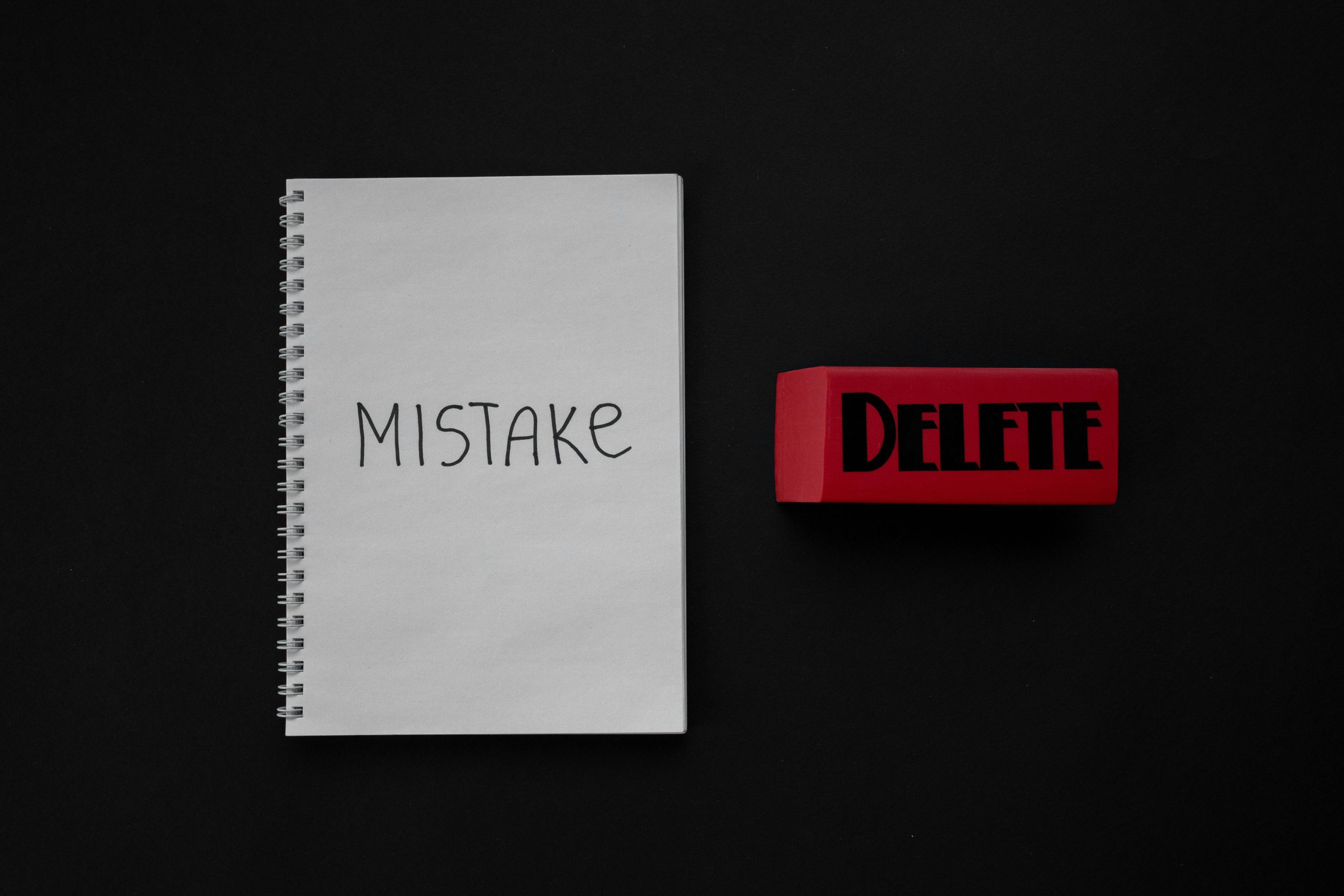
Want to write summer camp off your taxes? Get the tax ID number on that ropes course!
If you have a child in kindergarten or a dependent family member who needs care so you can work, you may be eligible for the Child and Dependent Care Credit on your federal income tax return. Internal Revenue Service Form 2441 will show how much child and dependent care tax credit you can claim in a given tax year.
Of course, you also have to meet certain requirements before claiming the income credit on your taxes.
Qualifying Dependents and Care Providers
You must have incurred qualified care expenses of a qualifying person, such as a dependent child or disabled spouse. The care must have been provided to allow you to work or look for work. Additionally, you must have earned income because the purpose of the child or dependent care benefits is supporting working families who couldn’t work without paying care center expenses.
Qualifying expenses that can be claimed include payments made to a dependent care provider, such as a daycare center or babysitter. The cost of care provided in your own home by a household employee may also be eligible. However, certain expenses like the cost of food or education are not considered qualifying expenses.
What Counts as a Qualifying Dependent? What Counts as a Care Provider?
Who is a qualifying dependent? What exactly does the IRS consider a care provider when you’re trying to claim child and dependent care expenses on your income tax return?
To be considered a qualifying dependent, the individual must meet certain requirements. Generally, they must be a child under the age of 13 or a disabled person who is physically or mentally incapable of self-care. The dependent must also have lived with you for more than half of the year and not provide more than half of their own support. Additionally, they must be a U.S. citizen, national, or resident alien and have a valid Social Security number.
When it comes to care providers, it’s important to note that they must be someone outside of your household. This means that your spouse, any of your children under the age of 19, or any other dependent listed on your tax return cannot be considered as child care providers for their younger siblings.
It’s important to keep in mind that payments made to a care provider who is your spouse, the parent of your qualifying dependent, or someone you can claim as a dependent on your tax return don’t count for the purposes of the dependent and child care credit.
Are You Eligible to Claim the Child/Dependent Care Credit?
There are two key factors to be eligible for dependent care benefits: having qualifying dependents and using child or dependent care centers that meet the necessary criteria.
For dependents to be considered qualifying, they must be children under the age of 13 or disabled individuals who are unable to care for themselves physically or mentally. Furthermore, they should have lived with you for more than half of the year and not have provided over half of their own support. Also, the dependent must be a U.S. citizen, national, or resident alien, and possess a valid Social Security number.
When selecting a care provider, it is crucial to look for someone outside of your household. This means that your spouse, children under 19, or any other dependents listed on your tax return cannot be considered care providers. Qualified care providers may include nannies, babysitters, and day care providers. Remember, payments made to a care provider who is your spouse, parent of the qualifying dependent, or someone you can claim as a dependent on your tax return do not count towards the dependent care tax credit.
To claim the Child/Dependent Care Credit, you must also consider your filing status and the type of tax return you are submitting. Special rules apply to household employees, and it is important to understand the distinction between deductible benefits and taxable income.
Which Expenses Qualify for the Child and Dependent Care Benefits?
The credit can be claimed for a variety of expenses related to the care of your qualifying person(s) while you were working or actively seeking employment, allowing you to receive a tax benefit for these necessary costs.
Qualified expenses include not only the fees paid to a care provider outside of your household, such as nannies, babysitters, and day care centers, but also certain household services directly related to the care of the qualifying person(s). This means that expenses incurred for services like house cleaning, cooking, and laundry while you were working or looking for a job can also qualify for the credit.
It’s worth noting that the care can be provided both inside and outside your home. While daycare facilities, day camp, and babysitters outside of your household are commonly used, you can also claim the credit for care provided in your own home, such as a live-in nanny or a caregiver who comes to your residence.
Calculating the Credit Amount on Form 2441
Now that you understand what qualified expenses can be included, let’s dive into how to calculate your actual credit amount on Form 2441.
Multiply your eligible expenses by a percentage ranging from 20% to 35%, based on your adjusted gross income. The greater your income, the lower the percentage.
However, if your employer provides dependent care benefits, you’ll need to subtract this amount from your eligible expenses before calculating the credit. Keep in mind that the credit is limited to a maximum of $3,000 for one dependent or $6,000 for two or more dependents. After calculating the credit amount, you’ll report it on your tax return, reducing your taxable income and potentially lowering your overall tax liability.
Maximum Credit for Dependent or Child Care Expenses Allowed
Claiming the Child and Dependent Care Credit on federal income taxes support for families who incur childcare expenses or pay for dependent care services.
The maximum credit for care provider expenses that can be claimed depends on several factors. First, the number of qualifying persons matters. You may claim expenses related to the cost of care provided for a dependent child under age 13, a disabled spouse, or a dependent who is incapable of self-care. Be sure to check the eligibility requirements for each qualifying person.
Additionally, your allowable expenses are limited by your own income level. The higher your income, the lower the percentage of care expenses that can be claimed. The IRS provides guidelines on how these limitations are calculated based on your filing status and adjusted gross income.
The maximum credit for child and dependent expenses you can receive is also subject to a tax liability limit. You cannot get more than your total tax liability for the year. However, any unused amounts can be carried forward to future tax years.
Filing Requirements and Procedures for Form 2441
We’ll also guide you on how to properly fill out and file Form 2441 with the Internal Revenue Service (IRS). So let’s get started and demystify the process of filing Form 2441, ensuring that you maximize your potential tax savings.
Filing Status Requirements
You, as a taxpayer, must understand the importance of correctly identifying your filing status when claiming the child and dependent care credit on your tax return using Form 2441. The filing status requirements play a crucial role in determining your eligibility and the amount of credit you may qualify for.
If you are married, you generally must file a joint return with your spouse in order to claim the child and dependent care credit. However, there are certain scenarios where married individuals filing separately are allowed to claim the credit. For example, if you are legally separated from your spouse, live apart from your spouse for the last six months of the year, and meet other requirements, you may be eligible to claim the credit as a married filing separate taxpayer.
On the other hand, if you are the head of household, you may also be eligible to claim the child and dependent care credit. To qualify as a head of household, you need to meet specific requirements, such as being unmarried or considered unmarried, paying more than half the cost of keeping up a home for yourself and a qualifying person, and having a qualifying person live with you for more than half the year. Typically, a noncustodial parent’s child support payments will not qualify as a dependent care provider’s expense.
This credit is designed to assist taxpayers with qualifying care expenses for a qualifying person’s well-being on their federal income tax returns, whether they’re married filing a joint return or a single individual filing a head of household income tax return.
What Info the Internal Revenue Service Needs on Form 2441
Form 2441 is an Internal Revenue Service (IRS) form that is used to determine how much of a taxpayer’s child and dependent care expenses are deductible. This form must be completed and sent along with the parent or guardian’s tax return in order to take advantage of this deduction.
To complete the form, you can follow the instructions on the tax form to give the Internal Revenue Service detailed information about the dependent or child, as well as details about the care provider.
The first pieces of information needed on the form are details about the qualifying person who received care.
This includes their name, relationship to you, and Social Security number (if applicable). Next, you must provide details about the care provider. This includes their name, address, tax identification number (TIN), and a description of the services they provided.
In addition to this information, you must also provide details about the care expenses you paid for, such as the amount, dates of service, and type of care. This can be extensive, especially if care was provided by a household employee or a dependent care center. You will need to report the care provider details, such as their name, address, and employer identification number.
Finally, you must include your adjusted gross income (AGI) and any other applicable deductions or credits. This involves determining your eligible expenses, which may include daycare costs, preschool fees, and expenses for care facilities.
Keep in mind that there are specific limits and guidelines outlined in the form instructions for calculating the credit, including indicating any unused amounts so you can claim them in future tax years.
Special Rules for Household Employees When Claiming the Child and Dependent Care Credit
When filing Form 2441 to claim the Child and Dependent Care Credit, one of the most common questions is about special rules that apply to household employees. Household employees include individuals hired to provide household services such as cooking, cleaning, and babysitting. These services can be considered as part of the care provided to the qualifying person, and therefore, may be eligible for the credit.
To include household services when calculating the credit amount, you need to determine the portion of these services that is primarily for the care of the qualifying person. For example, if a household employee spends time both cleaning the house and taking care of the child, you can include a portion of the wages (and the employment taxes paid on those wages) paid to the employee for the care services. This means that any taxes withheld or paid on behalf of the household employee can be considered as an allowable expense.
So keep accurate records of the wages and employment taxes paid to the household employee, as you may be required to provide documentation to support your claim. By following these special rules, you can ensure that you accurately calculate the Child and Dependent Care Credit while including the eligible household services provided for the care of the qualifying person.
Deductible Benefits vs. Taxable Income
Deductible benefits refer to the qualified expenses that can be subtracted from a person’s taxable income, ultimately reducing their overall tax liability because of their child and dependent care expenses
Your taxable income can include employer-provided dependent care benefits, such as a dependent care FSA (flexible spending account) or a dependent care assistance program. While these benefits can be helpful in covering child and dependent care expenses, they are considered taxable income and must be included when calculating your overall tax liability.

Jacob Dayan
Entrepreneur • CEO Community Tax, LLC
Jacob Dayan is the CEO and co-founder of Community Tax LLC, a leading tax resolution company known for its exceptional customer service and industry recognition. With a Bachelor’s degree in Business Administration from the University of Michigan’s Ross School of Business, Jacob began his career as a financial analyst and trader at Bear Stearns and Millennium Partners before transitioning to entrepreneurship. Since 2010, he has led Community Tax, assembling a team of skilled attorneys, CPAs, and enrolled agents to assist individuals and businesses with tax resolution, preparation, bookkeeping, and accounting. A licensed attorney in Illinois and Magna Cum Laude graduate of Mitchell Hamline School of Law, Jacob is dedicated to helping clients navigate complex financial and legal challenges.







